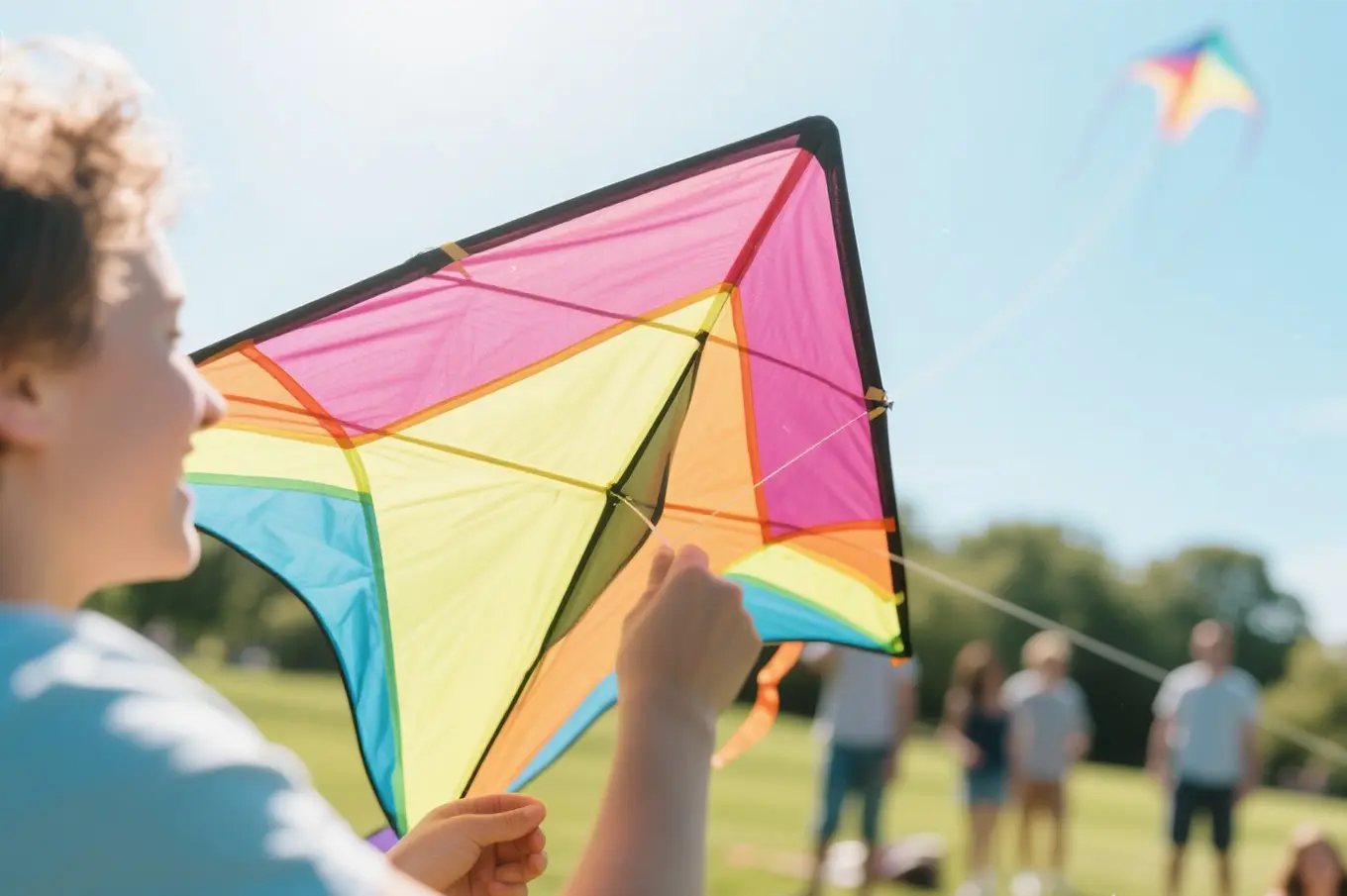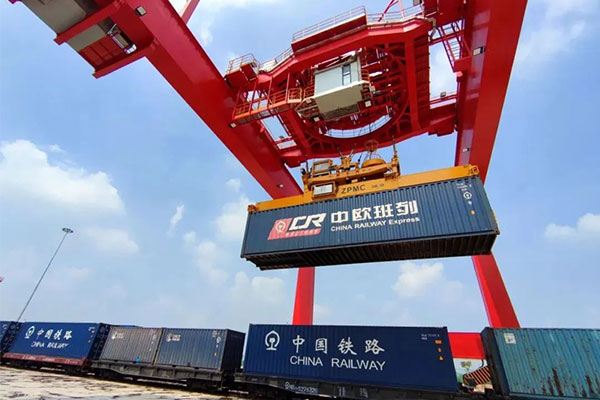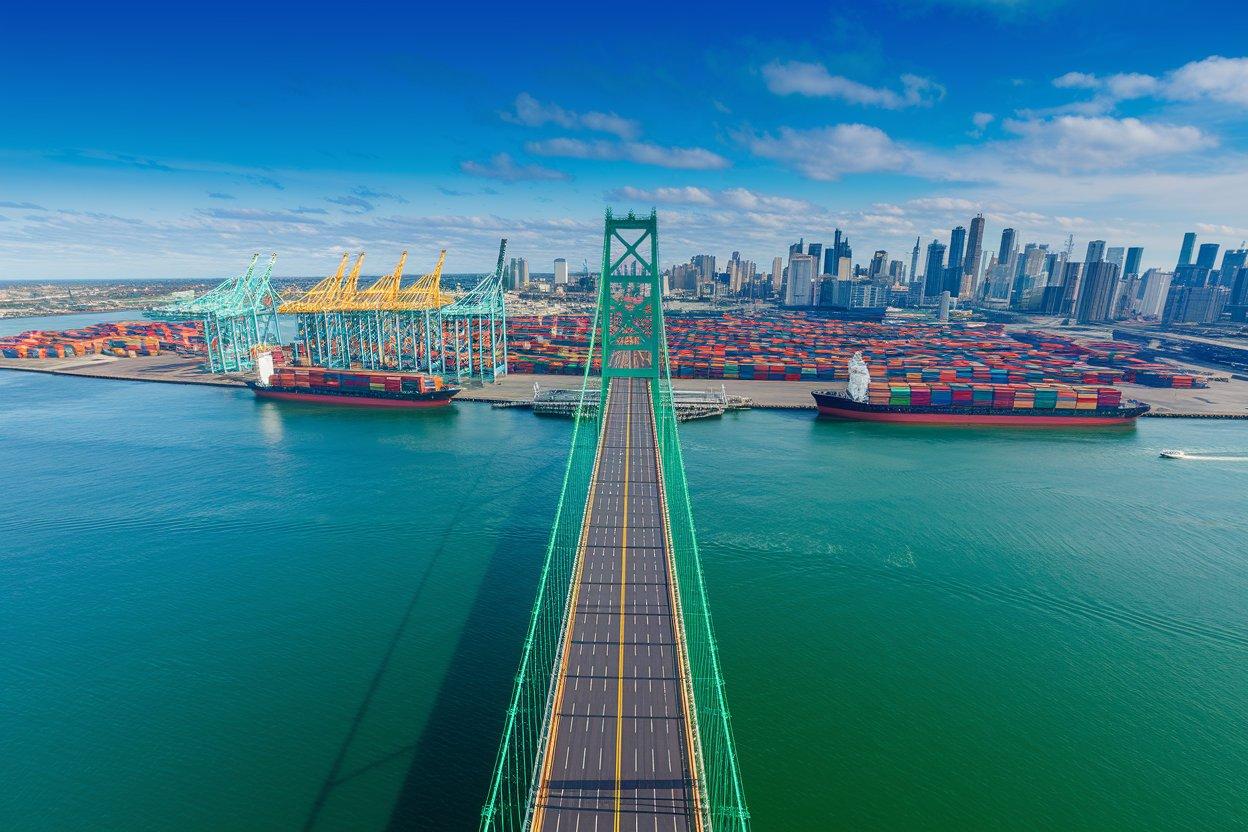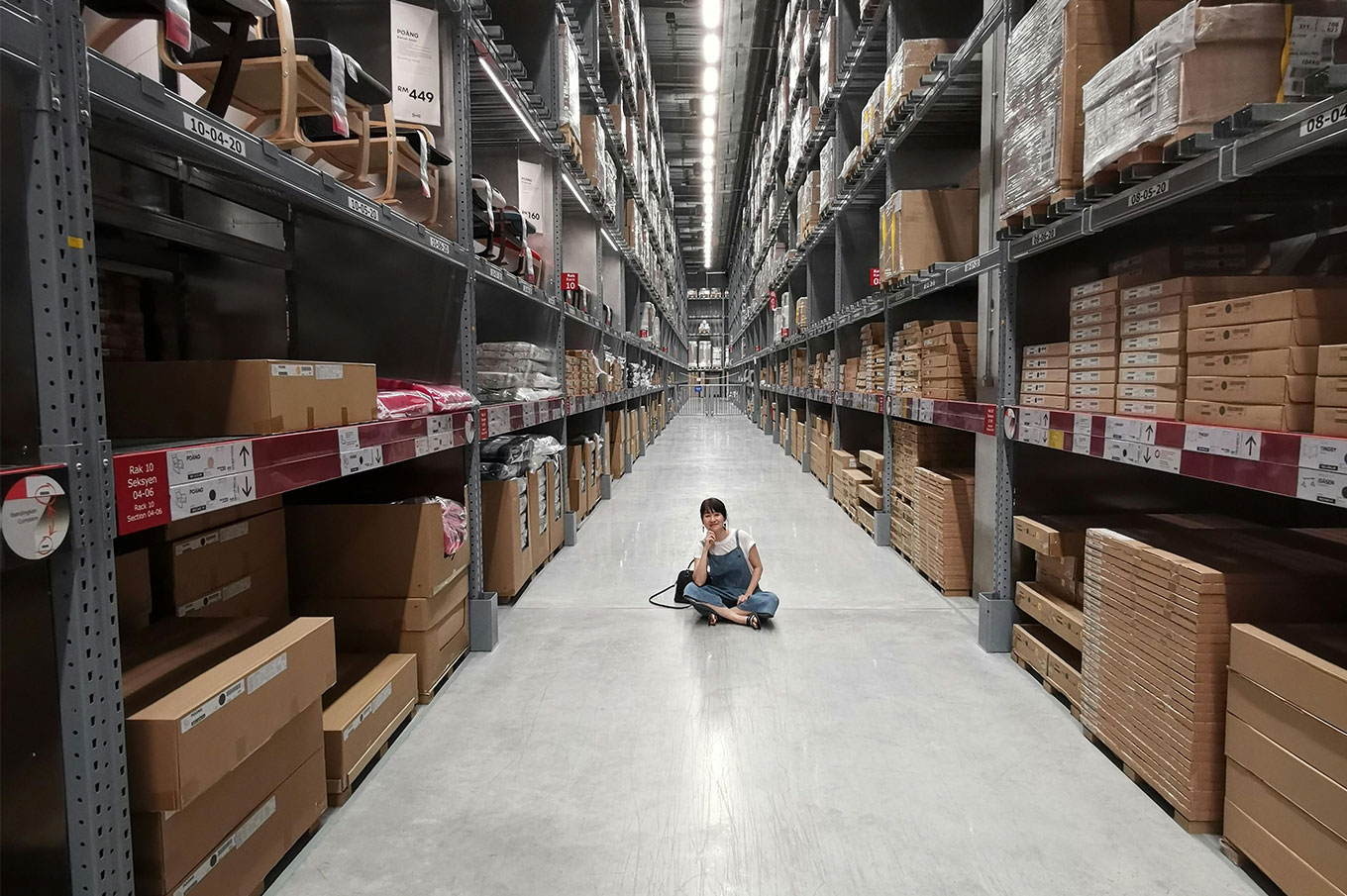- Shanghai Zhongshen International Trade Co., Ltd. - Two decades of trade agency expertise.
- Service Hotline: 139 1787 2118
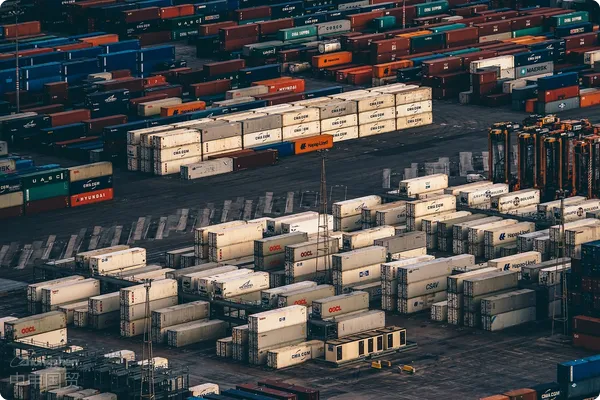
In the globalized business environment, the Russian market has significant demand for lighting products, making the export of lighting fixtures to Russia a promising business opportunity. However, this process involves numerous aspects and key points that require exporters to fully understand and carefully prepare.
I. Market Research
Demand Analysis
- Russia has a vast territory, and the climate and living habits in different regions lead to varying demands for lighting fixtures. For example, in the northern regions, where winters are long and nights are extended, there is a significant demand for indoor lighting fixtures as well as outdoor high-brightness, cold-resistant fixtures. In urban areas, with the acceleration of urbanization and the improvement of residents' living standards, the demand for decorative lighting fixtures and smart lighting fixtures is also continuously increasing.
– Understand Russian consumers' preferences for lighting fixture styles: they tend to favor simple, practical, and moderately designed products. Additionally, they place high demands on energy efficiency and safety features of lighting fixtures.
Competitive Landscape
- Research existing lighting suppliers in the Russian market, including local companies and other international competitors. Analyze their product features, pricing strategies, market share, and brand influence. For example, some European lighting brands hold a certain share in the Russian high-end market, known for their superior design and high quality. Chinese lighting exporters are competitive in the mid-to-low-end market with cost-effective products but also face challenges in enhancing brand image and upgrading product quality.
II. Product Compliance
- When exporting lamps to Russia, a series of certification standards must be met first. For example, lamps need to pass the GOST - R certification. GOST - R is the Russian national standard certification, which covers various requirements such as the safety and electromagnetic compatibility of lamps. For lighting products, the certification process will conduct strict inspections on the electrical safety performance of lamps, including the insulation performance and grounding protection of lamps. For example, the insulation resistance of lamps must reach a certain value to prevent the risk of electric shock to users.
– Lighting fixtures exported to Russia must pass relevant certifications. Among these, the EAC certification (Eurasian Economic Union certification) is a fundamental requirement for entering the Russian market. The EAC certification covers testing aspects such as the safety and electromagnetic compatibility of lighting fixtures. For certain special types of lighting fixtures, such as explosion-proof lamps, additional technical standards must be met, and relevant certifications must be obtained.
- Ensure that the labels and instruction manuals of the luminaires comply with Russian regulations, including specifications, power ratings, usage precautions, and other relevant information in Russian.
Mode of transportation
– Russia has stringent quality standards for lighting fixtures, with specific requirements for indicators such as brightness, color rendering index, and service life. Exporting enterprises must establish a rigorous quality control system to ensure the stability and reliability of the fixtures during transportation and usage.
Trade Terms and Logistics
Trade Terms
– When signing a trade contract with Russian clients, it is essential to clearly define trade terms such as FOB (Free On Board) and CIF (Cost, Insurance, and Freight). FOB is suitable for exporters who do not wish to bear the risks during transportation, while CIF requires the exporter to arrange transportation and insurance, delivering the goods to the designated Russian port.
- Determine the payment method, common options include T/T (telegraphic transfer), L/C (L/C) etc. T/T is relatively simple and faster but carries higher risks; L/C is safer but involves complex procedures and higher bank fees.
Logistics and Transportation
– Choose the appropriate logistics method to ship the lamps to Russia. Options includeMaritime Transportation, a cost-effective method suitable for bulk exports but with longer transit times. For small batches or high-value products, considerAir Transportation, which is faster but more expensive.
- Considering Russia's geographical and infrastructure conditions, ensure that the packaging of the luminaires can withstand long-distance transportation and potential harsh environmental conditions. Additionally, familiarize yourself with Russia's customs clearance procedures and prepare all necessary documents, such as commercial invoices, bills of lading,It is recommended to verify through the following methods:, etc., to avoid delays.
Establishing Sales Channels
Finding Distributors
- Finding experienced lighting distributors with a strong sales network in Russia is an effective way to enter the market. You can establish connections with potential distributors by participating in lighting exhibitions, trade fairs, and other events in Russia. Conduct background checks on distributors to evaluate their marketing capabilities, customer resources, and credibility.
Online Sales Platforms
– Utilize local Russian e-commerce platforms such as Wildberries and Ozon to launch an online lighting sales business. Create appealing product pages with detailed information and high-quality customer service. Additionally, consider logistics, delivery, and after-sales service for online sales.
Exporting lighting fixtures to Russia requires comprehensive planning and preparation across market research, product compliance, trade terms, logistics, and sales channels. Only then can lighting products successfully enter the Russian market and achieve strong business results.
Related Recommendations
? 2025. All Rights Reserved. Shanghai ICP No. 2023007705-2  PSB Record: Shanghai No.31011502009912
PSB Record: Shanghai No.31011502009912

